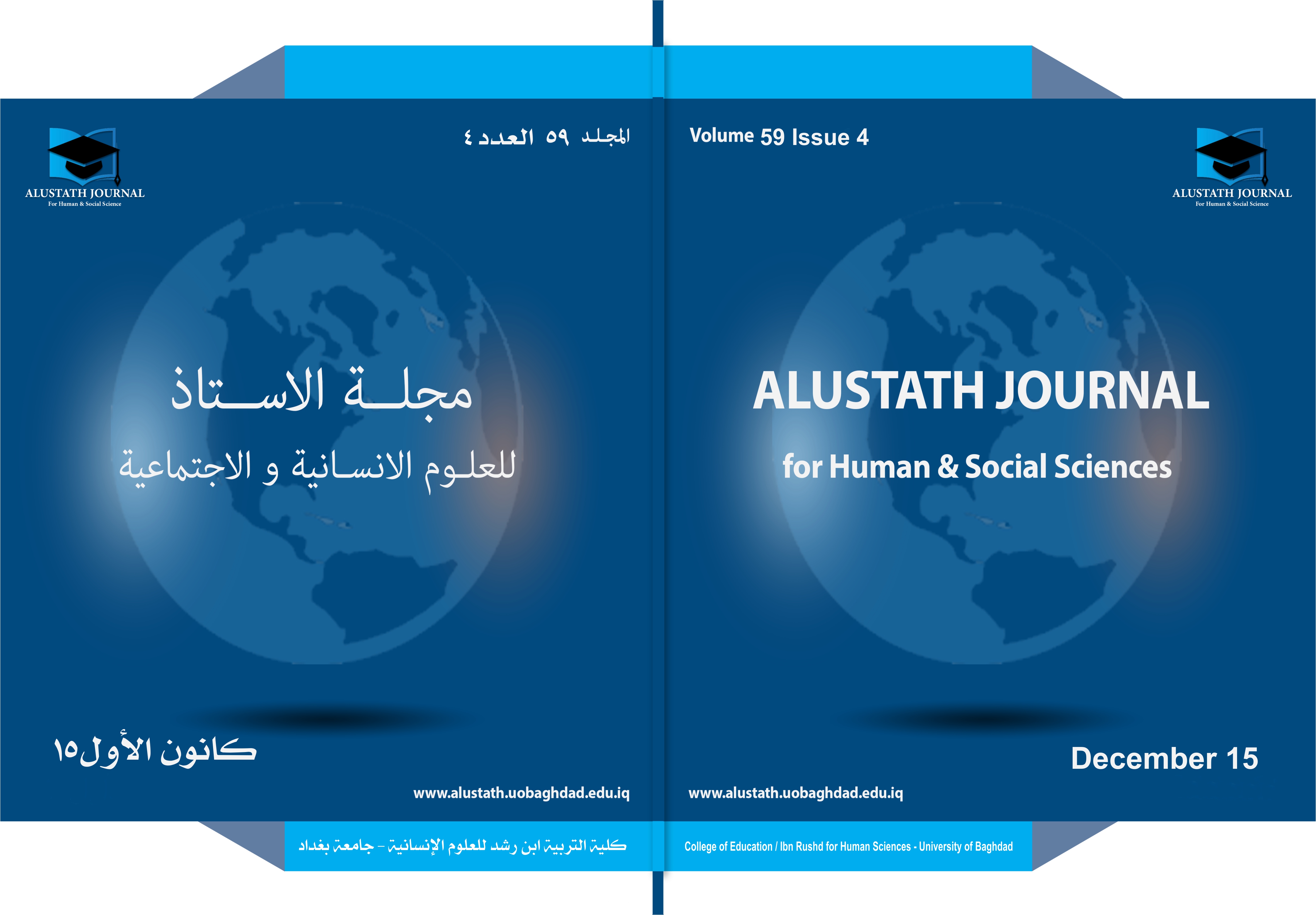A Pragmatic Analysis of Oxymoron in Poetry: Tennyson’s “Lancelot and Elaine” as an Example
DOI:
https://doi.org/10.36473/ujhss.v59i4.1202Keywords:
implicature, maxims, oxymoronAbstract
This paper purports to explore aspects of implied meaning carried out through the vehicle of oxymoron, which is a figure of speech that juxtaposes two contradictory words (or strings of words) in order to point to a curious fact or a beguiling statement. The different types of oxymoron are studied in this paper in accordance with a pragmatic approach that, though taking into consideration the theoretical implications of oxymoron, is primarily interested in practical aspects of the investigation. Grice’s maxims are taken as a point of departure to guide the discussion of both generalized implicature and particularized implicature.
The paper analyzes the different instances of oxymoron present in Alfred Tennyson's “Lancelot and Elaine.” After the meaning and significance of each instance are explored, the paper studies the ways in which Tennyson used oxymoron in order to create and maintain a figurative framework for his poem. The paper shows that Tennyson’s elaborate use of oxymoron allowed him to deploy further figures of speech in order to relay the dramatic atmosphere of the poem. Finally, the paper concludes that Tennyson’s disobeying of Grice’s maxims led to the production of new implicated meaning.












